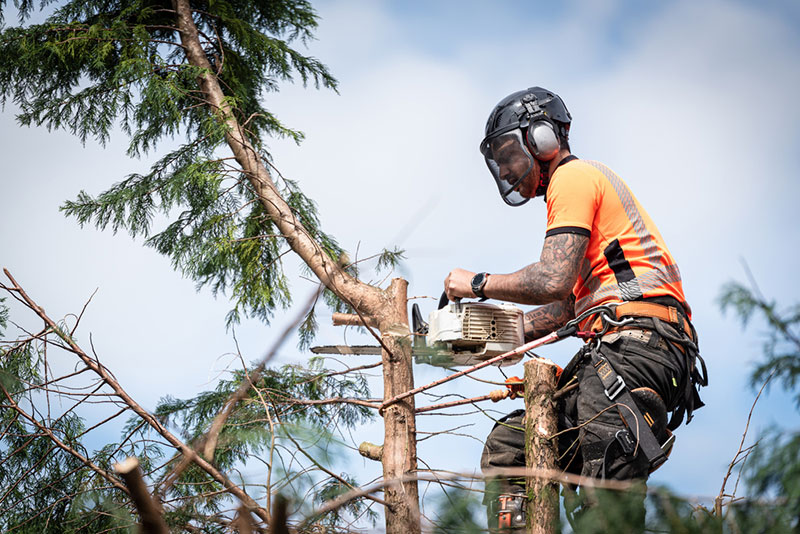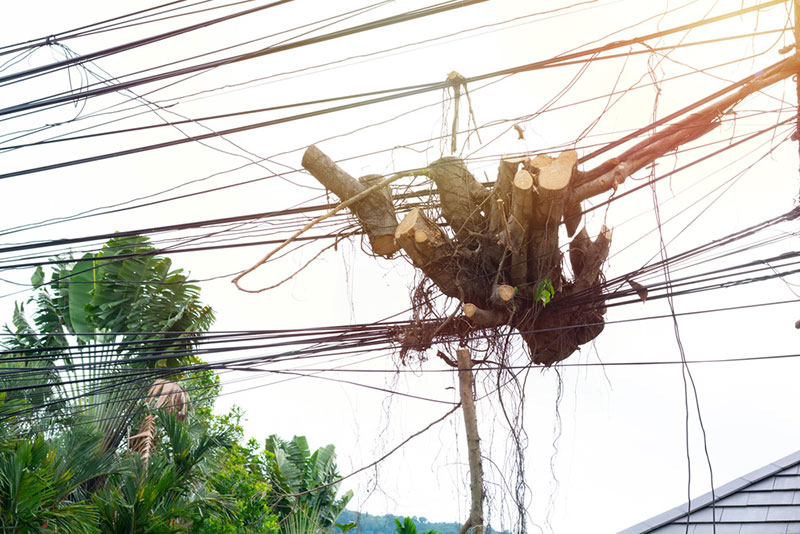Advertisement
Trees are a vital member of the ecosystem—creating habitat and sustaining life wherever they grow. Even urban settings like cities benefit from the presence of trees and foliage.
Although important, there are situations where trees can be a nuisance. They can overgrow and hang over your roofing, posing safety risks. In other cases, its branches can hang dangerously low and cause accidents. The remedy to such situations is cutting the trees down.
As straightforward as it may seem, it’s important to be wary when cutting trees. Here are some dos and don’ts to remember before the big chop. Read on!
The Dos
Use The Right Tools
Successfully cutting down trees requires the use of quality tools. You need a chainsaw, pole pruner, pole chainsaw, and a tree lopper, among others. When in doubt, ask your vendor or supplier about their recommendations on the best tools for tree cutting based on factors like tree size.
These tools use various mechanisms to run. Some will need gas, while others will require oil. Stock up on these, too, before you start your tree cutting. It’s also important to factor in the quality of the tools you buy and ask if they come with a warranty or replacement.
Factor In Safety
Safety should be your top priority when cutting your trees, not only for yourself but also for your immediate surroundings. One main way to consider safety is by investing in safety gear. You’ll need a chainsaw helmet to protect your head should you fall off the tree. These helmets come with ear muffs, protecting your ears from the loudness of your chainsaw. It can get extremely loud and pose damage to your ears.
Tree climbing harnesses are also a great addition to your gear. You’ll attach it to your clothes and tie it around the tree (others have a different working mechanism.) The harness will protect you should you slip and fall from the tree and help you avoid bodily harm or injury.
Safety boots are also a must-have. It’s important that they are slip-free to avoid sliding as you climb your tree. When cutting your tree with a saw, the saw could land on your feet, especially if you’re cutting from the ground. Therefore, your chosen safety shoes should be cut-resistant.
You’ll also need gloves and eye protection to protect your eyes from flying wood chips.
Do Your Research
Before you start, study the techniques for cutting trees. Are you planning to cut several branches? The whole tree? What should you consider for different lengths, heights, and thicknesses of branches? If you want to preserve your tree, you must read up on the basics of pruning trees. For instance, you shouldn’t cut more than 25% of a tree’s foliage at once. Doing so damages your tree.
The other thing to research is how to operate the various tools you’ll use for the project. Knowing this will help prevent injuries due to the improper use of a tool. It’d also help to familiarize yourself with the tools’ safety features should the need arise.
The Don’ts
Do Not Cut Trees Near Utility Lines
As previously stated, safety is something to factor in when cutting trees. One of the mistakes you can make during this project is cutting a tree that nears utility lines. These utility lines can be for water or power supply.
As you plan the project, you might assume proximity to the utility lines is only when the tree is near a power post. However, it goes beyond that. It’s best to consider the height of the tree you’re cutting. The tree can be at a distance, but upon cutting, it might fall on power lines. The result is a disconnection in supply, electrocution, or even death in extreme cases.
Therefore, do not cut trees near utility lines. If you can’t avoid it, be sure to work with a professional when cutting.
Do Not Work Alone
Cutting a tree is often a straightforward process, especially if it’s small. Based on this, you might decide to execute this project alone. It’s not recommended. A lot could go wrong that you could have avoided should you have had assistance.
For instance, a branch may fall off as you cut the tree. As the one cutting the tree stump, you might not notice this. The result is the branch falling on you and injuring you.
However, with someone standing by, they’ll alert you of such incidents. You’ll get the chance to get to safety or protect yourself. Have a friend or loved one with you as you cut.
Conclusion

When the situation calls for it, tree cutting can be a beneficial task. You must exercise utmost care when cutting trees – pick the right tools, do your research, and wear safety gear. Keep our dos and don’ts in mind as you take on this major project.

